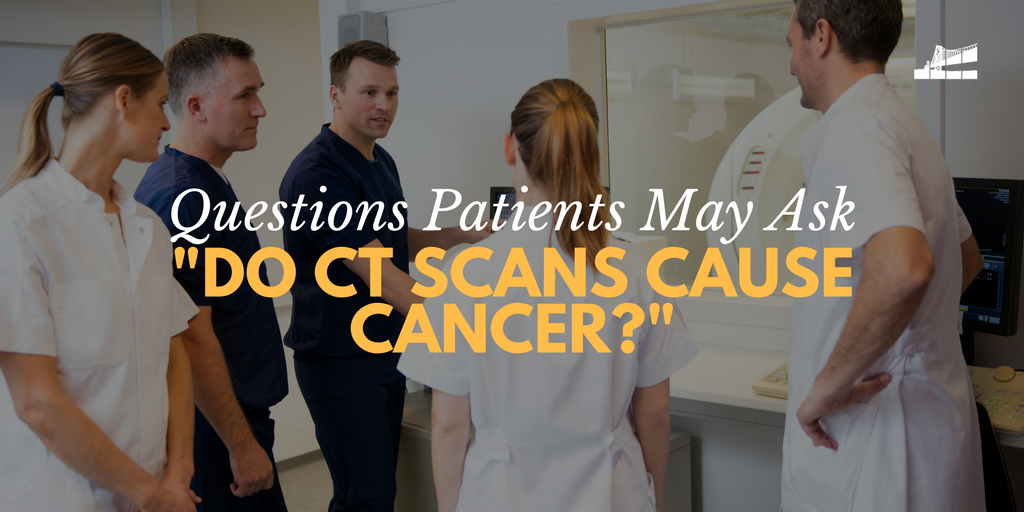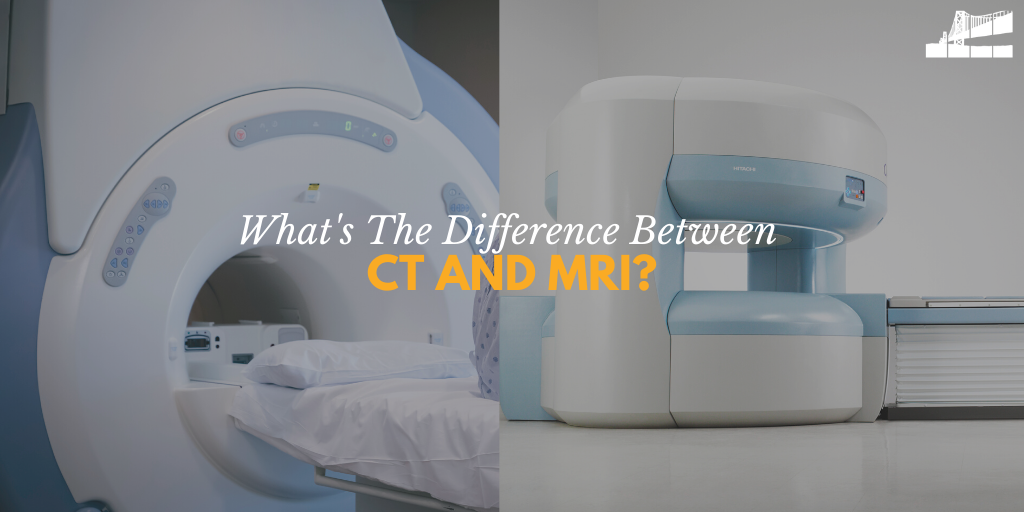CT (computed tomography) imaging is among the most important medical advances of the past 30 years. CT has facilitated faster and more accurate diagnosis. It is therefore very useful in the emergency setting, and many centers have installed CT in their emergency departments. As a result there has been exponential growth in the number of patients receiving CT exams.
In 1981 there were 2.8 million CT exams in the U.S.; in 2007 there were 72 million. Not only were more patients scanned, but radiation dose per patient sometimes increased due to new faster scanners with much higher resolution. CT now represents over 70 percent of all
diagnostic medical radiation.
Radiation dose is measured in international standard
Units gray (Gy) and sieverts (Sv). The gray is the energy absorbed by the patient. The sievert accounts for biologic effects of different types of radiation such as alpha rays versus X-rays, but for X-rays Gy and Sv are equal. Diagnostic radiation is low dose and measured in milli
units of mGy or mSv. Typical radiation doses for chest X-ray are 0.02 mSv, mammography 0.4 mSv, head CT 2 mSv, and abdominal/pelvis CT 5-15 mSv. This compares with normal background radiation from natural sources of about 2.4 mSv/year. Workers in radiology and in the nuclear industry are restricted to 50 mSv/year or 100 mSv/5 years.
Most of our data comes from 86,611 Japanese atomic bomb survivors who have been followed for 69 years. Most of them were exposed to over 100 mSv. There was less than a one percent increase in cancer mortality compared to controls. Importantly, there was no statistically significant increase in cancer mortality for doses under 100 mSv. There has also been no evidence of multigenerational genetic defects.
Nevertheless, many researchers and government agencies feel that low doses of radiation pose a small but real risk of inducing cancer. They assume that there is a “zero threshold” for radiation damage, meaning even very small amounts of radiation can cause tissue damage and potentially cause cancer. While not all scientists agree, this conservative position is widely accepted. The National Research Council BEIR (Biological Effects of lonizing Radiation ) report used the atomic bomb data to estimate that 100 mSv increased lifetime risk of cancer by one percent. They extrapolated a 0.1 percent lifetime risk from 10mSv, a value seen in many CT exams. This is small compared with overall U.S. lifetime cancer risk from all sources of 42 percent.
Additionally, there are unique considerations in children. Children are considerably more sensitive to radiation than adults, probably because they have more rapidly dividing cells. Children have a longer life expectancy than adults, resulting in a larger window of opportunity for expressing radiation damage. Children may receive a higher radiation dose than necessary if CT settings are not adjusted for their smaller body size. As a result, the lifetime risk for developing a radiation-related cancer can be several times higher for a young child compared with an adult exposed to an identical CT scan.
In 2007, a widely-distributed article in the New England Journal of Medicine used this extrapolated data to warn that there was a 1 in 1200 lifetime risk of cancer from a
single CT scan in a child. There was still no real data on doses under 100 mSv, but this made headlines. In 2009 there were widely reported incidents at Cedars Sinai Hospital and elsewhere where small numbers of patients were accidently overexposed to a CT radiation dose over
100 mSv.
In 2009, we at John Muir Health formed a multidisciplinary taskforce of diagnostic radiologists, physicists, lead technologists, nuclear medicine supervisors, cath lab supervisors, and radiation oncology representatives to reduce radiation risk to our patients. Our guiding
principle is ALARA, As Low As Reasonably Achievable. We analyzed all our protocols and radiation safety measures to determine that we were giving our patients the lowest
possible exposure and that we had the strongest possible safeguards against accidental overexposure. We have continued this work for four years and John Muir Health
administration has been very supportive of the project.
In 2012, The Lancet published the first large retrospective study of 178,000 patients without prior cancer who had one or more CT scans before age 22. They were followed for a minimum of 10 years. There was an increased risk of leukemia and brain tumors, with greater risk the more
scans a child had. This was a retrospective study without controls, and did not analyze the medical indication for the scans, which might have predisposed to cancer. The dose was roughly estimated, generally 2-3 times higher than we currently use in pediatric CT. They estimated
one excess case of leukemia and one excess brain tumor per 10,000 children undergoing a single CT in the first decade of life.
In 2013, a similar study of 11 million Australians compared cancer risk of those exposed to CT and those not exposed. This also also found a higher risk of cancer in those exposed to CT, especially in children.
Both studies were retrospective with no control for underlying conditions, but these are the first to show a small increased risk of cancer from the typical radiation doses received in CT. Even if “only” one cancer per 10,000 children scanned, was shown, the results are alarming when millions of children receive CT scans annually.
Of course CT imaging still is strongly net beneficial, saving many more lives than the low cancer risk. Multiple studies have shown head CT to significantly improve outcome of children with head trauma. Even young patients can have significant health problems that may benefit from
CT. To measure relative risk, a recent multicenter study of 22,000 young adults age 18-35 getting abdominal-pelvic CT scans showed the five-year risk of dying from their underlying illness is 4-7 percent. Even 3.6 percent of those without cancer died. If CT can improve their outcome, that is a much greater benefit than the estimated lifetime radiation induced cancer risk of 0.01 percent to 0.1 percent from a body CT.
So what have we done at John Muir Health?
1. We have safeguards at all sites to prevent accidental overexposure.
2. We have installed advanced iterative reconstruction software reducing exposure 30-40 percent as well as other updates to further reduce dose.
3. We follow Image Gently protocols and use age and weight based pediatric protocols, further reducing exposure to children
4. Radiologists review all non-emergent exams in advance and suggest alternative exams (such as ultrasound and MRI) and tailor each exam to reduce exposure.
5. CT volume has decreased especially in children, as more physicians are aware of the risks and alternative imaging.
6. We encourage clinicians to order IV contrast more often for body CT. Intravenous contrast agents significantly improve the tissue contrast often eliminating repeat scans or other tests. Modern contrast agents are very safe and seafood or topical iodine allergies are no longer considered contraindications
7. We have markedly reduced the number of exams that are repeated in multiple phases, such as those both without and with IV contrast.
8. We try to make the referring physicians aware when patients have had multiple repeat CT scans for non-lifethreatening conditions.
9. Our reports give the dose in mGy and also as DLP (an integrated measure taking into account the length of the body scanned and repeat scans). This gives the patient and clinician a clear idea of their exposure.
Our average CT exposures are about 40-60 percent below maximum recommended radiation reference standards.
Adult head CT 2 mSv
Pediatric head 1.5 mSv
CTA of head and neck 2 mSv
Sinus CT 0.4 mSv
Chest CT 4-5 mSv
Low dose chest CT for following lung nodules 1-2 mSv
Chest CTA for PE 5-8 mSv
CT abdomen pelvis 5-8 mSv. Dose is higher in obese
patients and those receiving multiphase exams.
Remember that ultrasound and MRI involve no radiation.
What can all physicians do?
Keep radiation exposure to a minimum. We have reduced exposure per exam by about half in the past 10 years, and even more in children.
Avoid unnecessary scans and repeat scans. Up to 30
percent of imaging procedures are unnecessary. Children
with minor head injury can be screened and many do
not need imaging. Yet even the best screening methods
have rare false negatives, which may have medicolegal ramifications.
Minimize repeat scans for chronic or recurring conditions like migraine.
Make imaging decisions based on relative risk and be prepared to discuss risk with patients and parents. CT scans very likely have a small risk of inducing cancer, especially in children and young adults. Most often this is outweighed by a much higher risk of missing a significant
medical problem. Occasionally patients demand a CT exam that the physician thinks may not be necessary. We should explain to patients that we only use CT when the potential benefit outweighs the very small risk of radiation.
There is much guidance available to physicians and patients. Many societies have joined the American Institute of Medicine Image Wisely campaign to reduce imaging for commonly used categories. We follow the Alliance for Radiation Safety in Pediatric Imaging Image Gently campaign. This site also has resources for physicians and parents. The John Muir Health website physician resource webpage has links to the American College of Radiology Appropriateness website, which offers relative appropriateness values for different imaging procedures for many clinical presentations: https://www.johnmuirhealth.com/for-physicians/resources.html.






